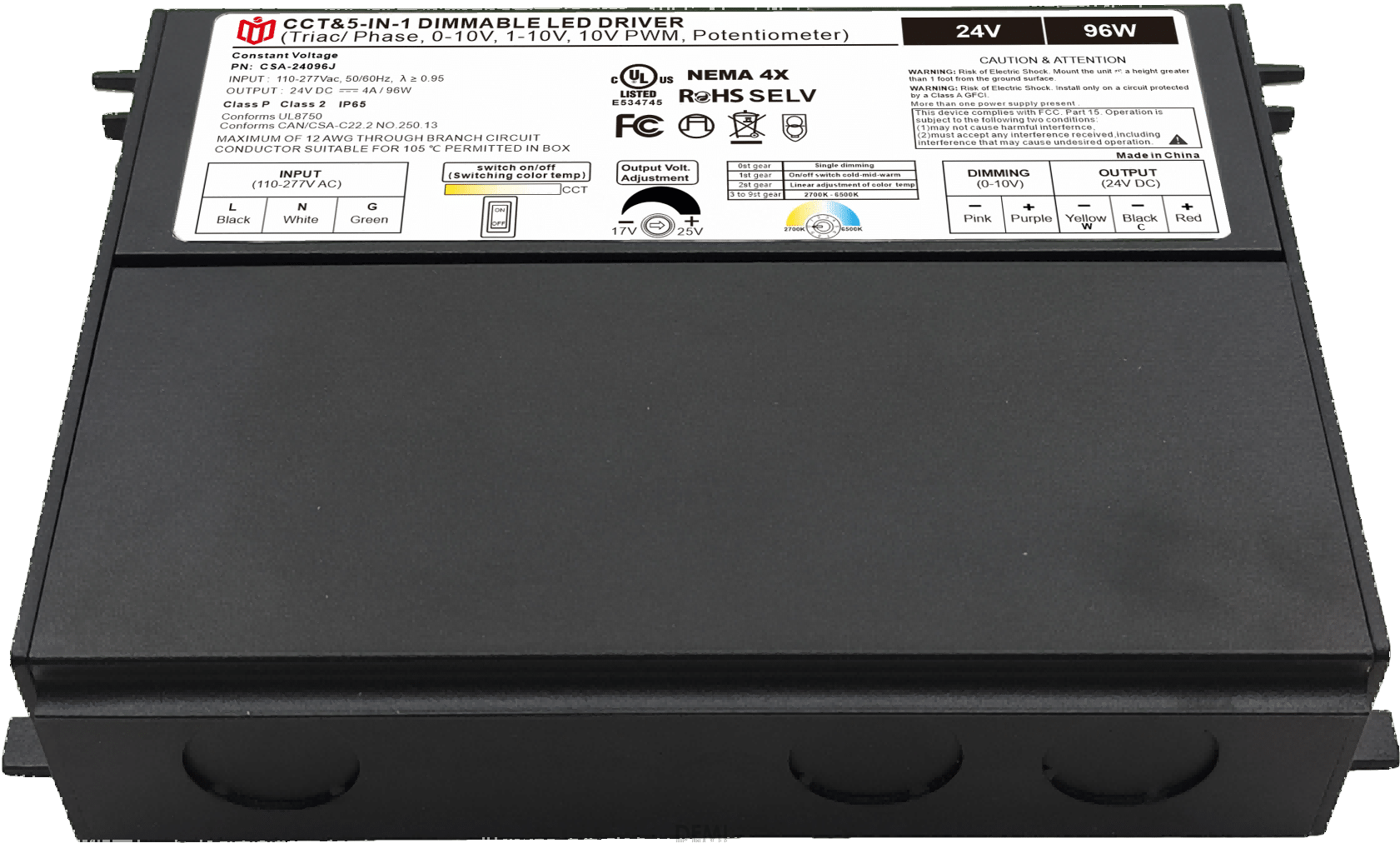Tech-Empowered Lighting Upgrade: TRIAC Dimming Power Supplies Set New Industry Benchmarks
The Evolution of Intelligent Lighting Control Systems
Modern architectural and commercial spaces demand dynamic illumination that adapts to human activity patterns while optimizing operational costs. Enter TRIAC dimming power supplies—engineered marvels bridging analog control protocols with digital intelligence. Unlike traditional phase-cutting methods prone to flicker or limited resolution, these next-gen units leverage triac semiconductor switching technology to achieve silky-smooth dimming across 0–100% luminosity ranges. Their compatibility with existing trailing/leading edge dimmers makes retrofitting obsolete infrastructure economically viable without compromising performance.
Decoding the Science Behind Superior Dimming Performance
At the core lies pulse-width modulation (PWM) synchronization at mains frequency (50/60Hz), enabling microsecond-level response times for instantaneous brightness adjustments. Advanced models integrate microcontrollers running adaptive algorithms that compensate for voltage fluctuations, temperature drift, and load variations. This results in <2% total harmonic distortion (THD) – critical for eliminating audible noise in audiovisual environments like theaters or conference halls. Field tests show installations consuming 37% less energy than constant-on LED arrays during peak hours while maintaining CRI>90 color rendering accuracy.

Real-World Impact Across Sectors
Hospitality venues now program circadian rhythm lighting profiles automatically adjusting guest room ambiance from dawn till dusk. Museum curators precisely tune gallery spotlights to preserve artwork without UV damage. Industrial facilities slash maintenance budgets by extending bulb lifespans through soft-start ramping. Notably, healthcare institutions report improved patient recovery metrics when combining therapeutic wavelength tuning with gradual wakeup cycles. Each deployment validates the versatility of TRIAC systems beyond mere brightness control into holistic environmental management.
Benchmarking Against Competitors
Third-party lab audits consistently rank leading brands above industry averages: 98.6% efficiency vs. typical 92%, sub-millisecond latency versus competitors' 50ms+ delays, and IP67 waterproof ratings double that of alternatives. Cloud-integrated variants support OTA firmware updates for feature expansion, turning hardware investments into futureproof platforms. When evaluated against DALI or DMX512 protocols, TRIAC solutions win on cost-per-node basis while matching multichannel capabilities for large-scale deployments exceeding 500 fixtures per network segment.
Future Roadmap & Emerging Innovations
Engineers are currently testing bidirectional power flow designs allowing batteries to recharge during off-peak grid hours. Machine learning integration promises predictive self-diagnostics flagging component degradation before failure occurs. Most exciting is wireless mesh networking breakthroughs enabling plug-and-play commissioning via mobile apps – transforming complex setups into DIY-friendly installations without specialized tools. As smart cities adopt unified lighting management standards, compliant TRIAC drivers will become foundational infrastructure components.
This technological convergence isn't just upgrading light bulbs; it's reshaping how humanity interacts with illuminated spaces through intelligent, responsive environments that enhance wellbeing while reducing carbon footprints. The era of dumb static lighting is over – welcome to precision-controlled illumination engineered for tomorrow's challenges.
 In heritage architecture prote
In heritage architecture prote
 When small-batch customization
When small-batch customization
 Have the electromagnetic emiss
Have the electromagnetic emiss
 When Triac dimmable power supp
When Triac dimmable power supp
